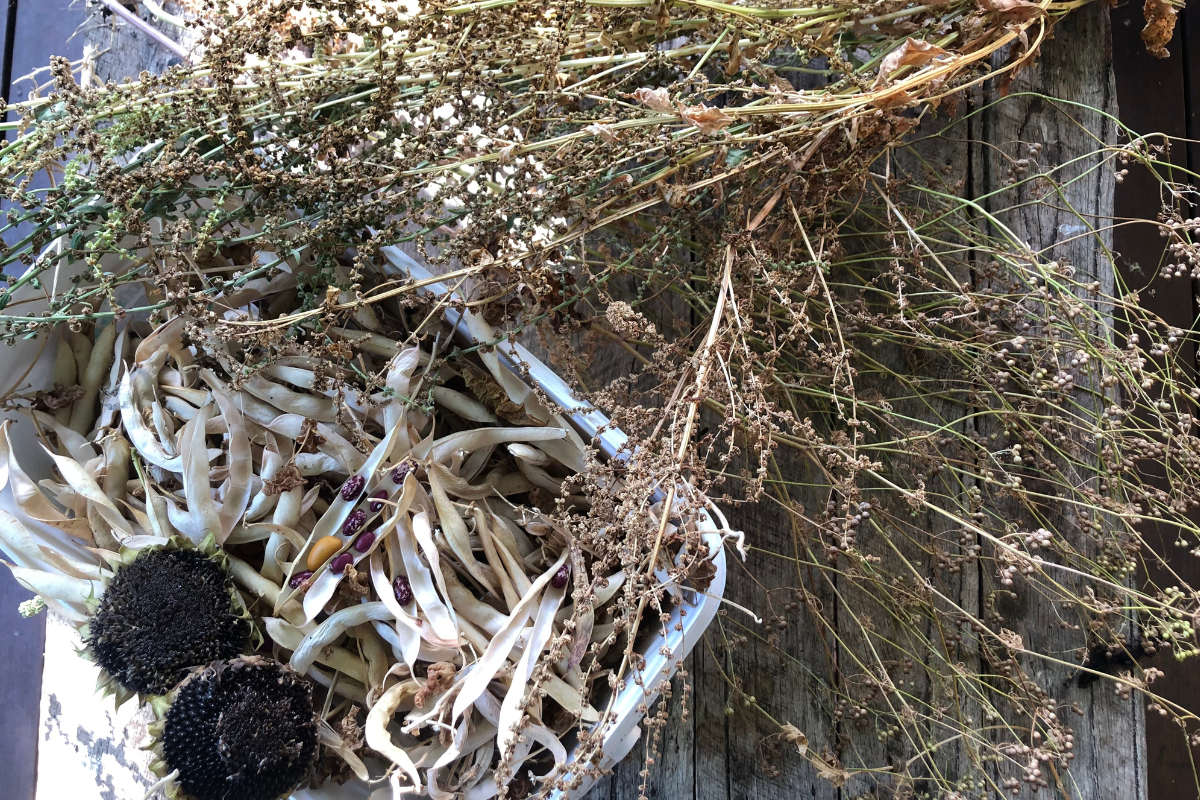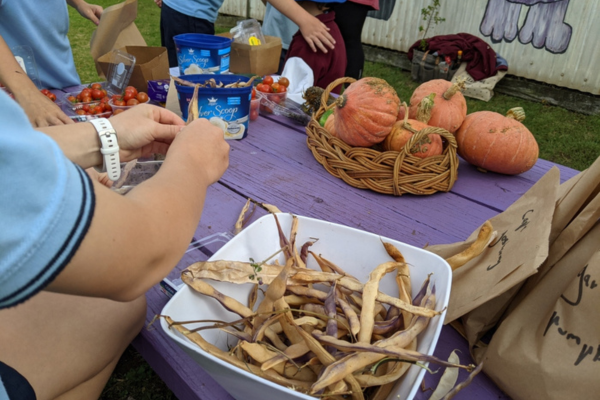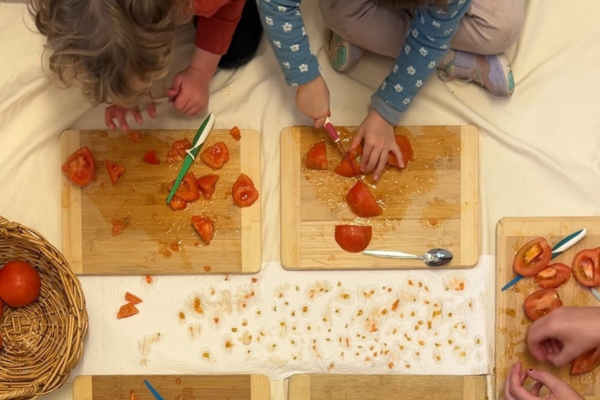Seed saving for beginners

Seed saving is a simple and rewarding practice in the kitchen garden. Not only can it help reduce the costs of buying new plants each season, but seed saving also reinforces an understanding of plant lifecycles, sustainability and biodiversity. It can also strengthen community connections, when seeds are gifted and shared with friends and family to spread the joy of kitchen gardening.
If you’re new to saving seeds or want to refresh your knowledge, here’s a collection of tips and tricks from our experienced Support Team.
Start strong
Successful seed saving starts with picking the right plant. Identify healthy, disease-free plants whose seeds you want to save and mark them with a ribbon or piece of string to make sure they’re not accidentally harvested.
It’s also best to avoid collecting seeds from hybrid plants and those that cross-pollinate easily, as they may not produce plants identical to the parent. Many tomatoes are hybrids, while zucchinis and pumpkins are examples of plants that cross-pollinate readily.
Collect and sort
There are many different ways to collect your seeds and they all depend on what kind of plant you’re working with. Make sure to clearly label as you sort, to avoid any mix-ups when it comes to planting.
Seed heads:
- Shake or rub dried seed heads inside a cotton bag or strong paper bag, then sift to remove debris.
- Examples: lettuce, carrots, cabbage, broccoli, rocket, parsley, silverbeet and beetroot.
Seeds in fruits:
- Scoop out the pulp and rinse the seeds before spreading them on paper towel to dry. You can even keep the seeds on the towel sheet and then plant them straight into soil when you’re ready.
- Examples: tomatoes, pumpkin, zucchini, chilli, capsicum and eggplant.
Seeds in pods:
- Open the pods by hand or scrunch them inside a cotton bag to release the seeds.
- Examples: peas, beans, broad beans and sunflowers.

Stash away safely
Proper seed storage is key to a successful harvest later down the track. Store dried seeds in airtight, labelled containers in a cool, dark place. If you’re using paper envelopes to store your precious seeds, keep them in a dry, well-ventilated space. Keeping the temperature of your seeds consistent improves their germination rates and the freshness and flavour of your future harvest.
Seed saving is a fantastic way to build sustainability into your kitchen garden while providing hands-on learning opportunities for children. Start small, experiment, and enjoy the satisfaction of growing your own plants from saved seeds!
For more resources on seed saving, members can head to our online resource library and community hub, the Shared Table.
Interested in joining the Kitchen Garden Program in 2025? Join a community of schools and early childhood services right around Australia teaching young people how to grow, harvest, prepare and share! Email us at membership@kitchengardenfoundation.org.au or visit our membership page to find out more.
< Back to Latest News

